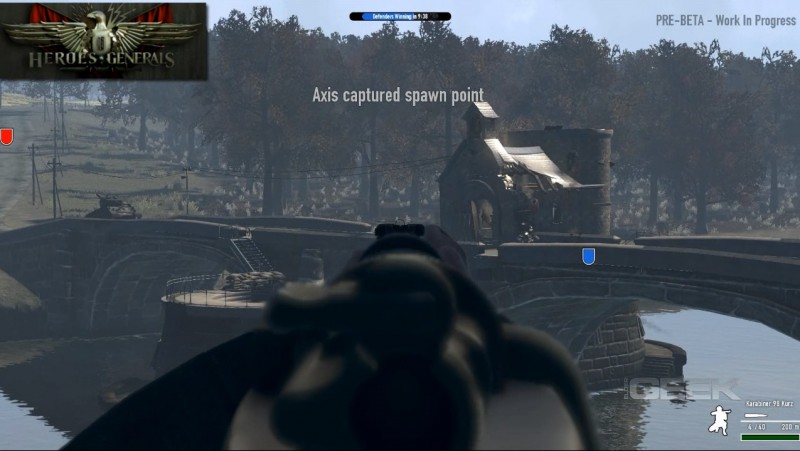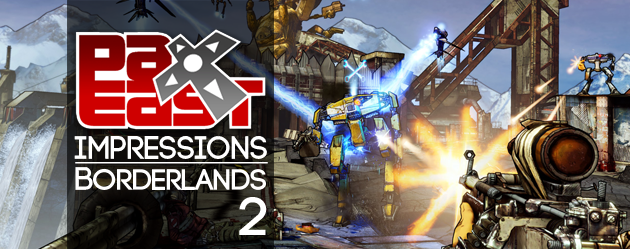Nevermind is a PC game designed by a team of USC students, led by Erin Reynolds. To quote from their website: “Nevermind is a psychological horror puzzle game that utilizes biofeedback and challenges the player to stay calm in uncomfortable situations.” Adding to that, I’ll mention that in the game you are a doctor who enters the minds of traumatized patients, and they need your help to discover the repressed memories that are troubling them today.
The biofeedback sensor consists of a chest strap which fits just under your man or lady boobs and above your heart, which feeds data about your heart rate to a usb bluetooth receiver. As you become more stressed or anxious, which the game will make you, Nevermind becomes more audibly and visually uncomfortable. If you are able to calm yourself down, the game returns to “normal,” or Nevermind’s creepy and scary equivalent. If not, you are sent back to the ingame lobby which can be considered dying.
The puzzle piece section of “Spilled Milk,” the first and so far only level, gave us quite a fright. Trying to concentrate on putting a puzzle together while being screamed at by mannacon heads turned up the BPMs on the old ticker and made everything that much harder. I was forced to concentrate and breathe slowly to make the madness stop. We found the puzzle aspect of Nevermind to be quite fun and rewarding. Solving each of these puzzles will give you the clues you need to solve the bigger puzzle of what memory your patient is repressing. These clues come in the form of polariod pictures with captions. Your job is to solve all the puzzles, collect all ten polaroids, and put five of those pictures in the correct order to reveal the repressed memory for the patient.
Nevermind is still in it’s beta version, but we hope to see it developed fully. What we played seemed like a sketch of something that could be quite entertaining. Wearing the heartrate monitor adds another element to Nevermind that has the potential to connect and possibly immerse you in the game world through your emotions. That right there sounds like a theory worth pursuing.
We can only wait to see how the story develops.
You can check out more of Nevermind on the team’s website – www.nevermindgame.com




